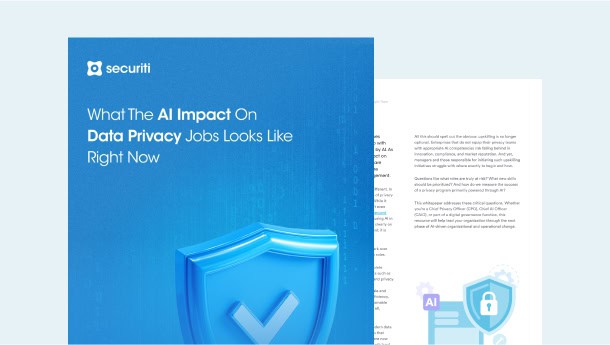For CDOs, the task of identifying, classifying, and managing sensitive unstructured data is fraught with challenges. Traditional data catalogs, designed with structured data in mind, struggle to provide the granularity needed to fully understand and govern unstructured data. This limitation hinders organizations' ability to manage data privacy, comply with regulations, and leverage data for strategic advantage.
Most catalog solutions focus on structured data, often neglecting the crucial unstructured data, which can constitute up to 80% of an organization's data. This oversight becomes significant in the era of generative AI, highlighting the necessity of incorporating comprehensive data intelligence, including sensitive data intelligence, into catalogs.
Imagine trying to find a specific needle in a haystack blindfolded. That's what identifying and managing sensitive unstructured data can feel like. Here's why:
- It's everywhere and nowhere: Unlike structured data in neat tables, unstructured data is scattered across your systems.
- It speaks in tongues: Emails, documents, images – each format has its own language, making automated classification a challenge.
- It's a privacy minefield: Sensitive information like PII (personally identifiable information) can lurk anywhere, waiting to be misused by malicious actors. Without sophisticated detection, these hidden details can lead to serious breaches and compliance issues, endangering an organization's integrity and finances.
Holistic Data Intelligence and Strategies for CDOs
The key to mastering unstructured data lies in leveraging data discovery and classification solutions, powered by AI and machine learning that can automatically find, classify, and map unstructured (+structured) data at scale. These tools enhance visibility across all data types, enabling organizations to efficiently manage data assets, assess their sensitivity, and identify potential privacy risks. By automating the discovery and classification processes, CDOs can significantly reduce the time and effort required to manage data, allowing their teams to focus on strategic initiatives.
To improve data governance and compliance in the era of generative AI, CDOs should consider the following strategies:
- Think Holistically: Don't treat structured and unstructured data as separate entities. They're part of the same ecosystem, and you need a unified approach to manage them effectively.
- Embrace Automation: Use AI and machine learning to automate the discovery, classification, and mapping of unstructured data. This not only improves accuracy but also efficiency.
- Get Granular: Don't settle for one-size-fits-all data policies. Tailor your approach based on the specific risks and sensitivities of different data types.
Generative AI is pushing unstructured data to center stage and overlooking sensitive data intelligence is not an option for CDOs. The risks are too high, and the opportunities too valuable. By embracing innovative technologies and methodologies, CDOs can navigate the unstructured data maze, ensuring compliance, enhancing innovation, and securing a competitive edge. Now is the time to proactively address these challenges, transforming unstructured data from a potential liability into a powerful asset for growth and innovation. As we conclude this guide, I invite you to reflect on navigating unstructured data to safely integrate generative AI in your organization:
- How do you currently identify and classify sensitive data across your organization?
- Are there challenges you face in mapping and managing unstructured data?
- How do you ensure compliance with privacy regulations when handling unstructured data?
- What methods are you using to uncover hidden data assets and their potential risks?
- How much time and effort does your team spend manually discovering and classifying data?










































